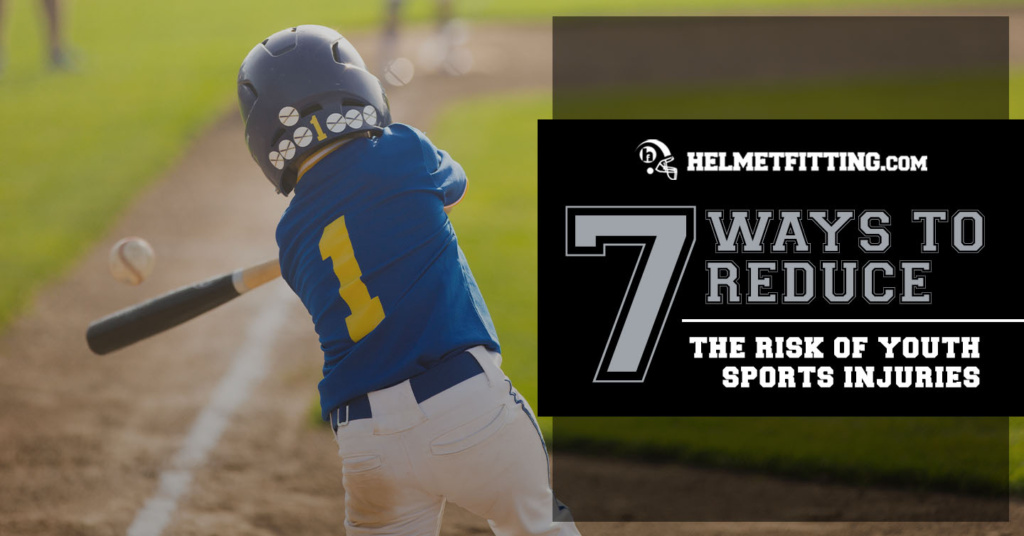7 Ways to Reduce the Risk of Youth Sports Injuries
March 5th, 2024
Spring is upon us—and so are some of our favorite youth sports! So, before your athlete gets ready to play, review these seven ways to reduce the risk of youth sports injuries and put safety first.
Wear the proper equipment and make sure it fits properly.
For starters, one of the most important ways to reduce the risk of youth sports injuries is to wear the right equipment based on the sport, and ensure it fits properly according the manufacturers’ guidelines.
Depending on the sport, equipment to properly fit can include footwear, pads, helmets, face guards, mouthpieces and eyewear—just to name a few.
Get a physical.
While getting a physical may not be a requirement, it’s a good rule of thumb. A pre-participation sports physical can help identify any possible issues or factors that could potentially put an athlete at risk for a particular sport.
Take a break.
Young athletes need rest in between activities during practice and sporting events to allow their bodies to recover. In addition to routine breaks, parents should make sure their kids have a minimum of one day a week off.
What’s more, limiting the number of sports your child participates in during one season is key to reducing the risk of overuse injuries. And, taking at least a month off per year from training for a specific sport actually helps with skill development and injury prevention.
Always warm up before playing.
Warming up prepares the body for exercise. When done correctly, warm-ups gradually increase the heart rate and circulation. This, in turn, helps loosen the joints and increases blood flow to the muscles. And, stretching your muscles prepares them for physical activity and helps prevent injuries.
Drink plenty of fluids.
Staying hydrated is another way to reduce the risk of youth sports injuries. Drink plenty of water and other replenishing fluids before, during and after practicing, exercising or playing a sport. Other choices for hydration, restoring muscles and more after playing include chocolate milk, sports drinks and fruit juices.
Train properly.
Along with practicing to learn proper technique, it is important to strengthen your muscles with conditioning exercises. Proper training also includes stretching exercises after practice and games to help improve flexibility.
Play by the rules.
A big part of playing it safe is to play by the rules. Make sure your kids and teens are familiar with the rules of the sport. For example, if they play baseball or softball, they should know there are strict rules against sliding headfirst.
Summary
Are you ready to help your athlete reduce the risk of common sports injuries, including sprains, strains and stress fractures? Before your athlete plays the game, check out our helpful sports fitting guides to properly fit your child’s equipment. For more helpful tips involving youth sports and properly fitting equipment, keep reading our blogs.

